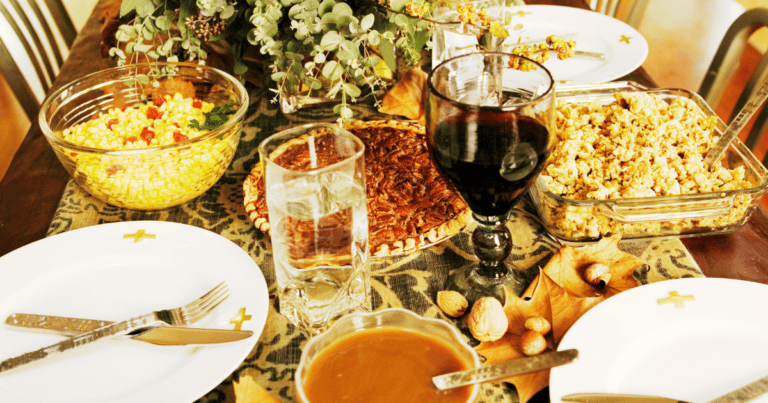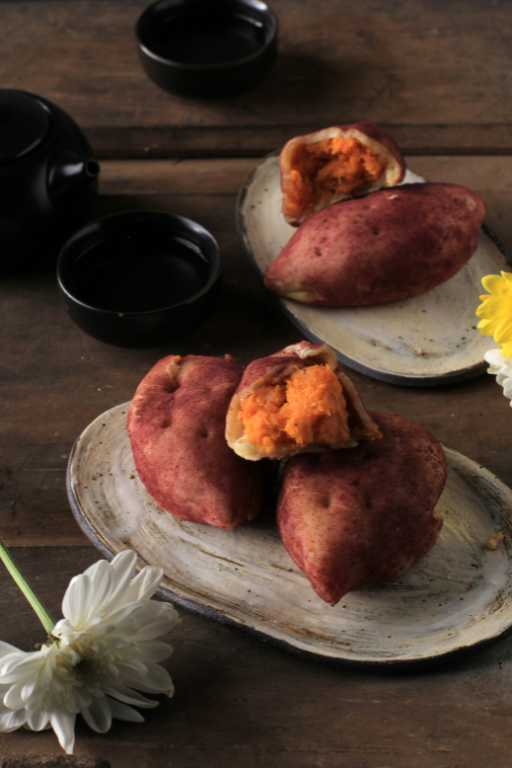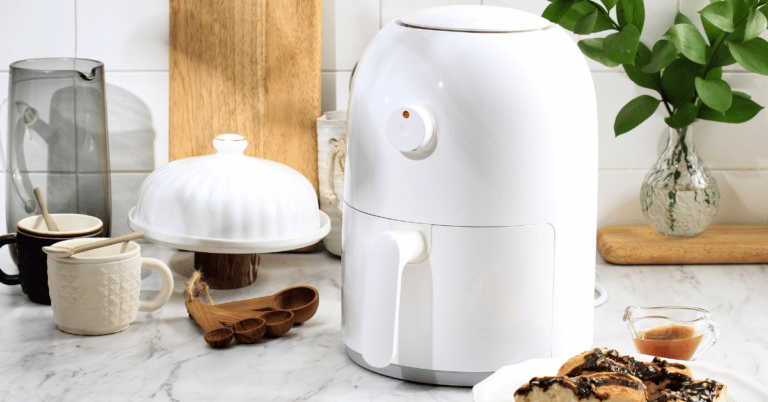The Best Homemade Lasagna Recipe

This easy homemade lasagna recipe is one I often find myself contemplating making. I love making fresh, homemade lasagna nearly every month, but that rate increases during the winter months. Lasagna is the perfect dish to serve on a cold night and even the pickiest of eaters never seem to mind it. Packed with meat, tons of cheese, veggies, noodles, and sauce, having a classic lasagna dinner hits the spot and usually leaves a hefty portion of leftovers to enjoy.
Vegan options exist too, and there’s plenty of ways to personalize the meal by adding or substituting ingredients how you would prefer. Even while it may be one of the longer meals to make, there’s still ways of making an easy lasagna recipe, and this is one of them!

My homemade baked lasagna recipe outshines any frozen lasagna you can find on the market, and that’s final. But seriously, I don’t want to say “world’s best lasagna”, but… just try it for yourself! In my opinion, ricotta is one of the most delicious cheeses, but there are very few recipes that can actually make ricotta cheese exciting.
I believe lasagna does that, as well as utilize my homemade meat sauce made with fresh parsley, which I absolutely love to cook. Asking, “how long do I bake lasagna?”, is an excellent question that depends on a couple of things, but luckily there’s a few tricks to figuring out your optimal baking temperature so that you can receive the best results.

–
How Long Do I Bake Lasagna?

Amongst chefs across the board, many agree that the safest temperature that you can comfortably cook your lasagna at is 350 degrees Fahrenheit, unless you’re using a convection oven, but we will get into that later. Additionally, it takes roughly one hour to fully cook the lasagna to an internal temperature of 165 degrees Fahrenheit in the conventional oven that has been successfully preheated, and you can use a food thermometer to check if your food is cooked.
Note that you should check the food in several spots to ensure it’s the right temperature. Considering that there’s a variety of different meats used by all to make their signature lasagnas, different temperatures may apply, so always be sure to find out if you’re cooking yours with enough heat.
To cook in the conventional oven, place aluminum foil over your lasagna pan and heat for 45 minutes; remove the tin foil, sprinkle on ¼ cup of parmesan cheese to the top of the lasagna, return the pan to the hot oven, and bake for the remaining 15 minutes.

Using a convection oven differs in the time it will take to cook due to the oven’s method of heating the food, which involves circulating the hot air through the use of a fan and exhaust system. Dropping the approximate cooking time by 25% is the most highly recommended guideline to bake lasagna in the convection oven, and the baking temperature should sit at 325 degrees Fahrenheit.
In essence, you’ll be following the same baking procedure as making any classic lasagna recipe in a regular oven by removing the foil and adding cheese 15 minutes before the dish is done. You may be wondering, “how long do I bake lasagna when I’m in a pinch and have a convection oven?”.
Since those powerful machines do such a swell job heating your lasagna evenly and making certain the cheese melts, you can speed up the cooking time to just 35 minutes covered and 12 minutes uncovered, but you’d have to preheat and increase the oven’s temperature back up to 350 degrees for the fast method.
Why Is Preheating So Important?

One of the worst things I feel that can happen to a great recipe (especially your favorite recipe) is burnt flavoring due to over or unevenly cooked food. It is recommended to wait a good 20 minutes for your oven to preheat as this considers any fluctuations in temperature that may occur.
Depending on what type of model your oven is, the heat may come from one or multiple sources. In an oven where there may be several locations for the output of heat, preheating is going to be the most important step in making sure your oven will bake lasagna without burning in some spots and remaining undercooked in others.
How Do I Reheat Leftover Lasagna?

On the condition that you’re trying to warm up some delicious leftover lasagna, there’s actually a couple of ways to go about it. Conventional ovens can be preheated to 350 degrees, and once it’s ready for you to start baking, you’ll cover the dish with foil and bake for 20 minutes or until you’re satisfied with how baked it becomes.
Frozen lasagna leftovers should be thawed first in the microwave on the defrost setting for 5 minutes. A pro tip is to store leftover lasagna as you would plate an individual serving; keep them each on a microwave-safe dish wrapped in plastic wrap so that you can easily take them out and reheat them perfectly!
Reheating a plate of lasagna in the microwave is a breeze, and the only thing you’d have to do to a frozen plate is add a little water or a little extra sauce to keep in moisture. Cover and cook on medium heat for up to 90 seconds.
Continue cooking in 15 seconds increments until the temperature has reached the safe 165 degree mark. Have you only refrigerated your leftovers? Similarly, you’ll follow all of the same steps as if it were frozen solid, but instead, begin the 15 second increments after cooking for an initial 60 seconds as opposed to 90.
Do I Have To Boil My Noodles First?

Yes, if you’ll be using store bought noodles (I usually go with Barilla pasta), you’ve got to boil noodles yourself until al dente, about 11 to 15 minutes, and be sure to season your pasta water with a dash of salt. Keep in mind that you’re going to want tender noodles to eat, but do be careful not to boil them too much, as that is almost always the cause of drippy lasagna.
As you boil lasagna noodles, watch that they don’t stick together so that the starch can release the way it is supposed to and your cooked noodles don’t become unusable. Take away a lasagna step by using no-bake noodles, which will save you a little time and still help produce the best lasagna recipe. Consequently, they absorb more liquid while the lasagna bakes, so add a little bit more sauce to keep your meal from drying out.
How To Cook Homemade Lasagna

There’s gotta be a million lasagna recipes out there, and some call for the use of tasty ingredients such as fresh basil, pork sausage, or tomato paste, and that’s the main reason I personally never stop adjusting or swapping out ingredients in my recipe each time I make it, but I’ll give you the basic starting points to get you going.
After you have your noodles cooked, rinsed off with cool water, drained, and ready to go, begin by cooking my recipe for lasagna’s meat sauce:
- In a large skillet, brown one pound of ground beef over medium-high heat and drain.
- Return your meat to the pan and add 1 jar (or 26 ounces) of your favorite spaghetti sauce and simmer, also adding in ½ teaspoon of fennel seeds, 1 teaspoon of garlic powder and 1 teaspoon of Italian seasoning. Stir to combine and simmer, stirring occasionally, for roughly 10 minutes.
Now, this is an excellent time to preheat the oven to 350 degrees. Find yourself a nice 9 x 13-inch baking dish, and at the bottom of the dish, you’ll put down some nonstick cooking spray.

Olive oil from an aerosol reusable spray can is what I use and find works best! For the next phase of this recipe, you’ll be constructing the lasagna. Here’s how:
- In a large bowl, you’ll have to create your cheese mixture, or as I like to call, the ricotta mixture. Grab 2 cup mozzarella cheese, ¼ cup parmesan cheese, two large eggs, a tablespoon of fresh, chopped parsley, salt and pepper to taste. Combine ricotta well, as you don’t want runny lasagna.
- Here, you can start laying the foundations of your perfect dish. If this is your first time, don’t stress about having to repeat layers effortlessly; just try your best! Put four lasagna noodles down and then pour one cup meat sauce into the baking dish. While this recipe is a good reason to use lots of cheese that should be put down next, just make sure it’s about one third of the cheese mixture for every layer.
- Continue laying one cup sauce, one third of the cheese, then four noodles, and you’ll likely repeat that three to four times. The remaining cups meat sauce can be added to the top of the lasagna, topped with fresh mozzarella!
- Cover with foil and cook for 45 minutes, until bubbling, and then remove foil.
- Place the lasagna pan back into the oven for 15 minutes, and while your food cooks, do a happy dance and pat yourself on the back, because this was a lot of time spent making a beautiful meal.
- Let stand for 10 minutes to allow cooling, and enjoy.

Ingredients
- 1 lb ground beef (or vegan substitute)
- 26 oz spaghetti sauce
- 1 package lasagna uncooked (I like this brand) - use gluten-free lasagna to make this gluten-free
- 2 cups ricotta cheese (or vegan substitute)
- 2 cups mozzarella cheese, shredded (or vegan substitute)
- 1 tbsp fresh parsley
- salt and pepper to taste
Instructions
- Preheat oven to 350°F
- Brown the beef (or vegan substitute) in a large skillet over medium heat. Drain.
- Return the meat (or vegan substitute) in the same pan, adding the spaghetti sauce. Add salt and pepper to taste. Simmer for 10 minutes.
- Add about 1 cup of spaghetti sauce and meat mixture to bottom of 9 x 13 pan. Spread evenly.
- Combine mozzarella and ricotta in a mixing bowl. Set aside 1/2 cup of the mixture.
- Add 4-5 uncooked lasagna noodles on top of mixture.
- Add cheese mixture on top of noodles, spreading evenly.
- Add another layer of the spaghetti and meat sauce mixture on top of the cheese layer.
- Add 4-5 uncooked lasagna noodles on top of the mixture.
- Add cheese mixture on top of the lasagna noodles layer.
- Add remaining spaghetti and meat mixture on top of the noodles.
- Add remaining cheese layer on top of the spaghetti and meat mixture.
- Cover tightly with foil and place in the oven for 1 hour.
- At the 40-minute mark, add the remaining 1/2 cup of the cheese mixture to the lasagna. Place back into the oven for an additional 20 minutes.
- Let cool 15 minutes before serving.
Video
Nutrition








This was delicious! I added spinach in mine for added veggies and the family loved it.
Yay, that’s amazing! I usually sneak in veggies as well, I’m glad your family loved it 🙂
I didn’t have mozzarella so I just used ricotta and it turned out great. This will be a new rotating staple in recipes for dinner!
Perfect, I’m glad that it was great even without the mozzarella!
Superb recipe! I made this vegan with impossible and it was really good. My non-vegan friends couldn’t tell the difference 🙂
Haha, I love it!
This was amazing, my family loved it!